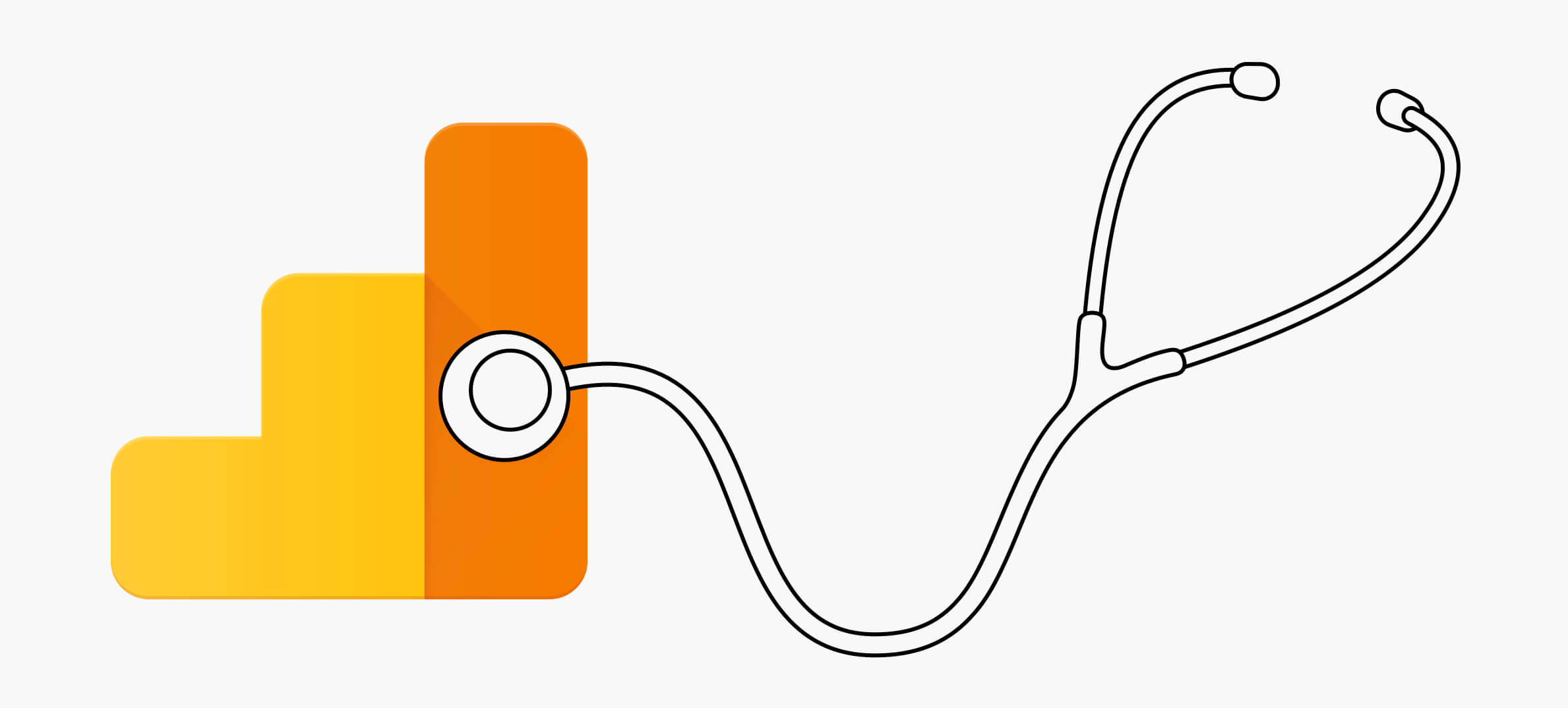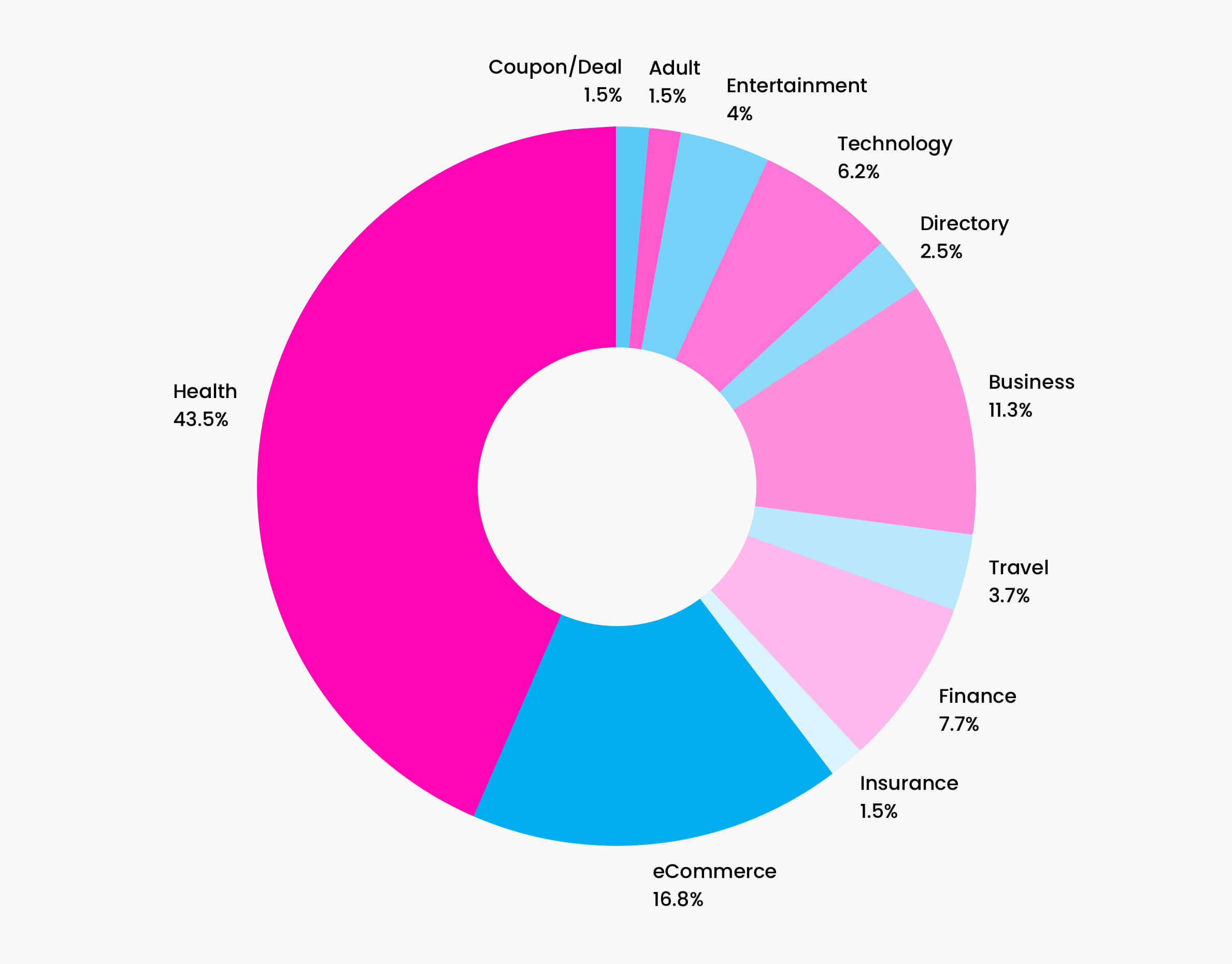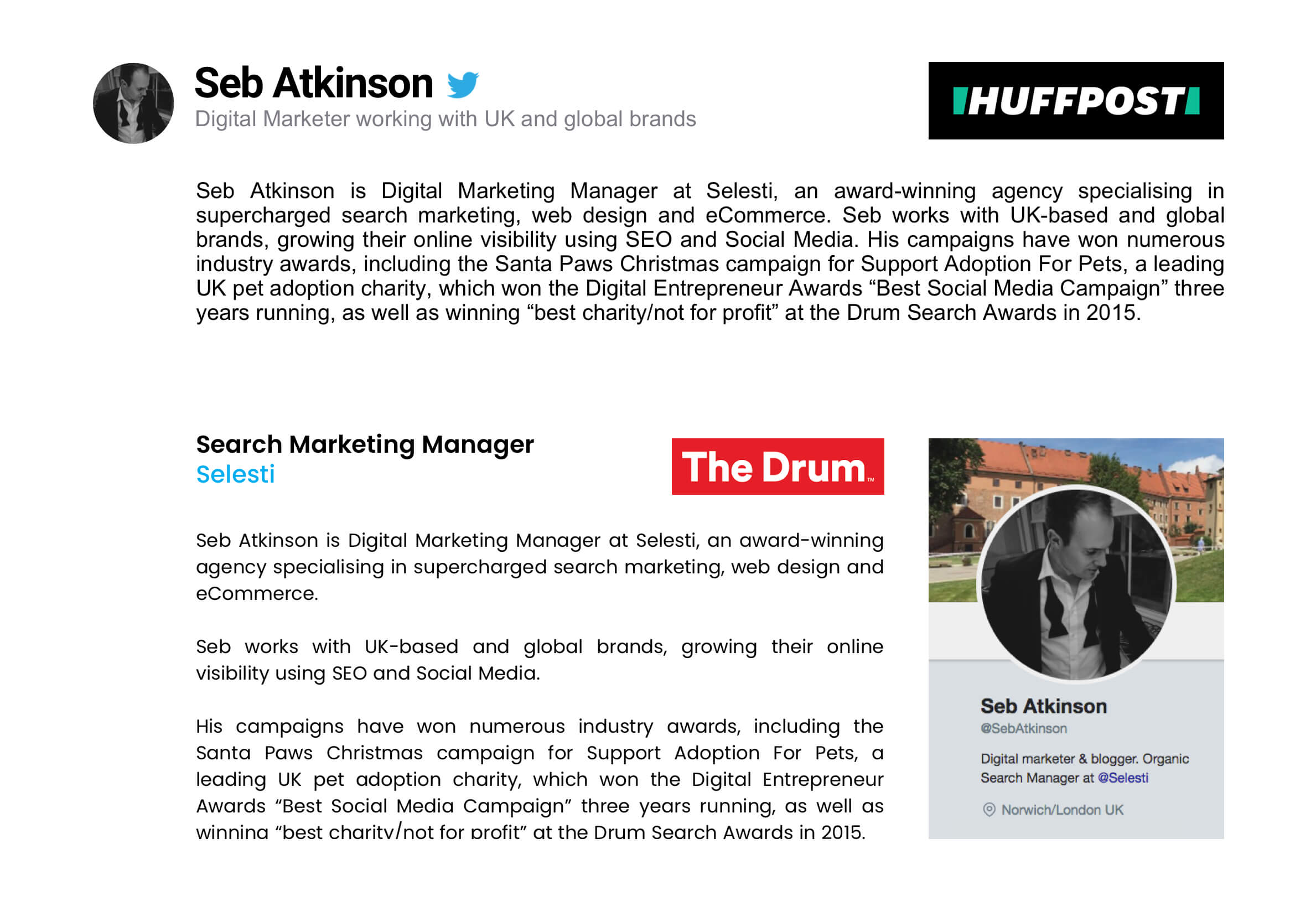What is E.A.T?
E.A.T stands for expertise, authority and trustworthiness. These factors are the most important characteristics of high-quality content, according to Google’s Quality Rater Guidelines. A team at Google follow these guidelines to assign a quality score to search results for specific queries.
It’s important to remember that these scores don’t directly impact search results, but are used in developing or honing the algorithm.
In other words, pages that would receive high-quality ratings from raters applying these guidelines are the kinds of pages Google wants ranking well. So they are important to keep in mind when planning any content activity.
The latest update to the Google Quality Rater’s Guidelines was released in July this year — just before the “Medic Update” hit. The timing suggests a link between the guidelines update and a drop in rankings seen predominantly by medical sites.
Algorithm updates and their effects
In the last few months, there have been lots of updates, tweaks and shufflings to make sure Google is offering the best results for a users query. What unites all of these updates is relevancy and quality.
As there are so many updates coming through on a monthly basis, think about what this means in the long term and how you are able to get ahead of these small, iterative algorithm changes.
The “Medic” core update

On August 1, Google confirmed the release of a broad algorithm update, dubbed the “Medic Update”, which hit YMYL sites particularly hard.
When judging the quality of a page, Google takes two topics very seriously: your health and your wealth. Google has set in place special standards for these types of pages called ‘Your Money or Your Life’ pages, YMYL for short.
A large percentage of the sites impacted were in the medical, health, fitness & healthy life style spaces. Search Engine Roundtable discovered that over 42% of the sites submitted were health related.

Google understands just how important it is to get this type of information from a trusted authority is for user safety, and the implication it can have for users if it comes from an unqualified source. This is where E.A.T content is key.
What does this mean for other industries?
Overall, these updates reflect Google’s initiative to provide more credible content in search results. Even if you are not in the medical industry, there are important lessons you can take away from this update and integrate it into your content strategy.
There is a lack of trust across the internet. If you think about what’s going on online in terms of fake news, publishers could be affected in the future. If you’re using weak or non-credible sources, this could negatively impact your E.A.T score. We need to learn from these algorithm changes and be prepared for future updates.
We need to monitor how content performs — be agile, go back, measure and make improvements. Site owners should always take an honest look at their existing content and make improvements — taking Google’s Quality Rater Guidelines and the lessons learned from the medic update into consideration.
How to stay relevant
According to a recent report by Ahrefs, they found that almost 95% of newly published pages don’t get to the Top 10 within a year. The most efficient strategy is to revisit what you already have. If your older content isn’t performing, you could be missing out on an opportunity.
How do you structure your content strategy now? Here are some steps that you can take to make the most out of your existing content and elevate it to reach its full potential.
Restructuring Your Content
Traditionally, content marketers would write blog posts targeting individual keywords they had researched. However, as the site grows, it gets messy with no clear structure.
Similar articles begin to compete against each other in search results, as there is no clear indication of which articles should be prioritised for certain search terms.
On the other hand, content clusters allow you to structure your content like this.
Clusters of content that cover a topic link to a pillar page that outlines that topic. Linking between these related pages helps to indicate the semantic relationship between these pages’ content.
On top of that, this helps to show the depth of your content on that topic, giving your pillar page more authority.
The first thing is to restructure your existing content. Identify the key topics you want to cover and create pillar pages to provide a detailed overview of these. Then, list out all your content related to that topic, and link back to your pillar page from each of those using the same anchor text.
Revisit the content on your site and ask whether it is really meeting your audience’s needs. Low E.A.T content on one page doesn’t directly impact the E.A.T of other pages, but it can negatively impact your site’s overall reputation. For this reason, pages with low E.A.T and minimal traffic should be removed in the vast majority of cases.
Restructuring in practice
We’ve done this for one of our clients — British Assessment Bureau. We audited the guides section of their site and assessed whether it is meeting the needs of their visitors. We decided that 58% of their blog posts could be cut as they were:
- Out of date
- At risk of competing with more important or similar content
- Or no longer relevant
The majority of the rest of the content was updated, edited or merged.
We’re already seeing some impressive results. Quote form conversions increased significantly – up 29% year on year and the top 10 landing pages in Q3 2018 grew by an average of 98% Y-on-Y and that is just from deleting content.
Quote form conversions (based on Google Analytics’ last click model) from Organic search increased significantly — up 29% year on year in Q3 2018.
Which content you shouldn't cut
Pages with high E.A.T and significant traffic deserve special consideration.
Cutting them can harm your numbers in the short term, and may lose you a spot in the search results that would be difficult to reclaim. But keeping them as they are, is bound to result in reputation loss down the road.
The best thing to do under these circumstances is to rework the page in order to boost your E.A.T score. Here are a few pointers to get you started.
- Review the content, is it thin or actually useful?
- If you’re referencing facts & figures, is your evidence from a reliable source?
If it’s a YMYL page, you will need to bring an expert author on board and have them vet, edit or completely rework the page. Once that has been completed, get their author bio on the page, along with their credentials to receive anything higher than a low score.
Google’s Quality Rater Guidelines state that ‘Understanding who is responsible for a website is a critical part of assessing E.A.T’ and advises raters to assess this based on the type of website.
In particular, YMYL pages must be created by a trusted, authoritative expert on the topic at hand. For landing and product pages, this means that customer support and business contact information should be easy to find. But for blog posts, this means that information about the author needs to be available in order to evaluate whether they are a suitable expert for the topic at hand.
Be an authority and build your personal brand
When a website has different authors or content creators on different pages, the reputation and E.A.T of the creators is extremely important. Spend time to build a positive brand if you want the quality score for your page to trump others in your industry. It’s essential to highlight your brand and content creators as an authority in your area to Google.
There are steps you can take to help build your content creators authority online, illustrated here with our Search Marketing Manager’s online profile.

- Create author bios for both onsite and offsite articles, detailing the breadth and depth of your experience
- Flesh out your social media profiles and interact with influencers and your audience
- Develop thought leadership through placement on trusted platforms
- Tell your story to connect with your audience
All of these steps help Google recognise you as an authority in your area.
Still unsure how to get the most out of your website and content? Find out how our digital marketing service can help you.


